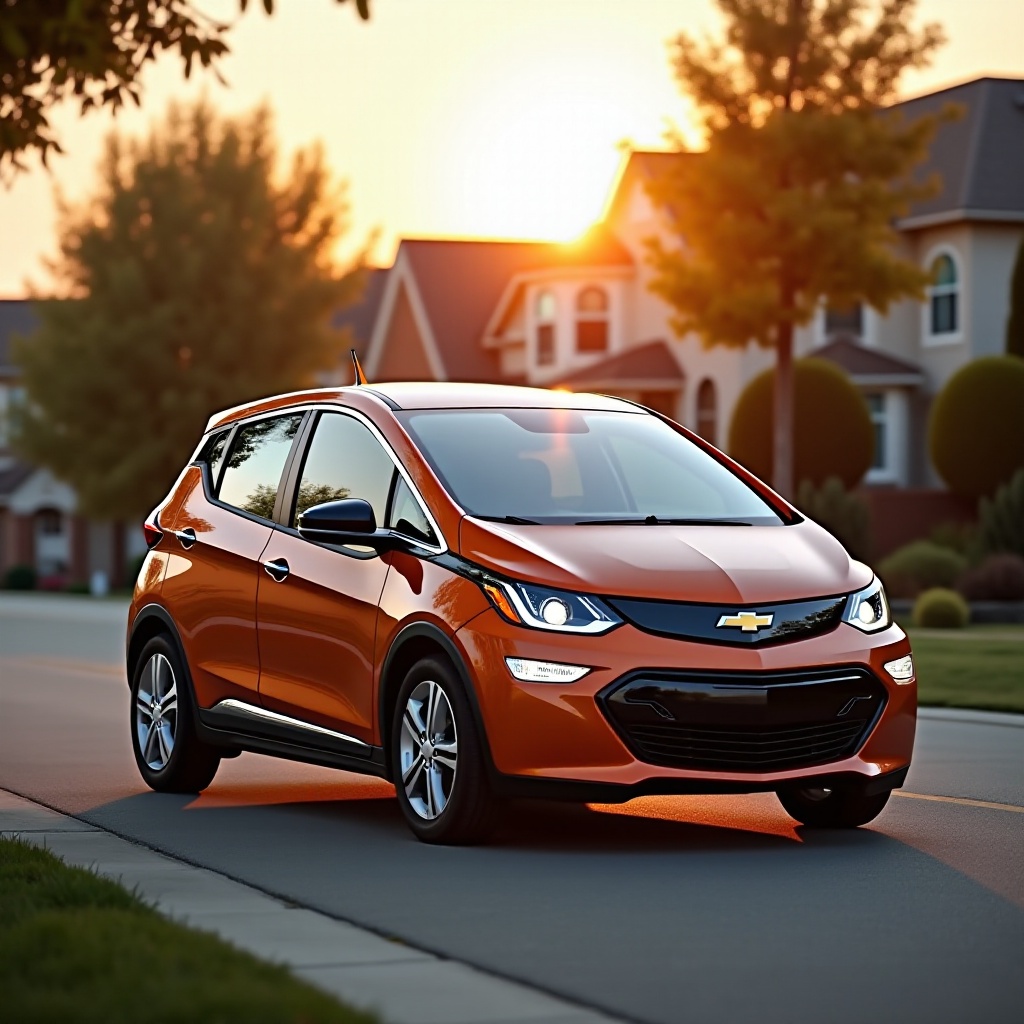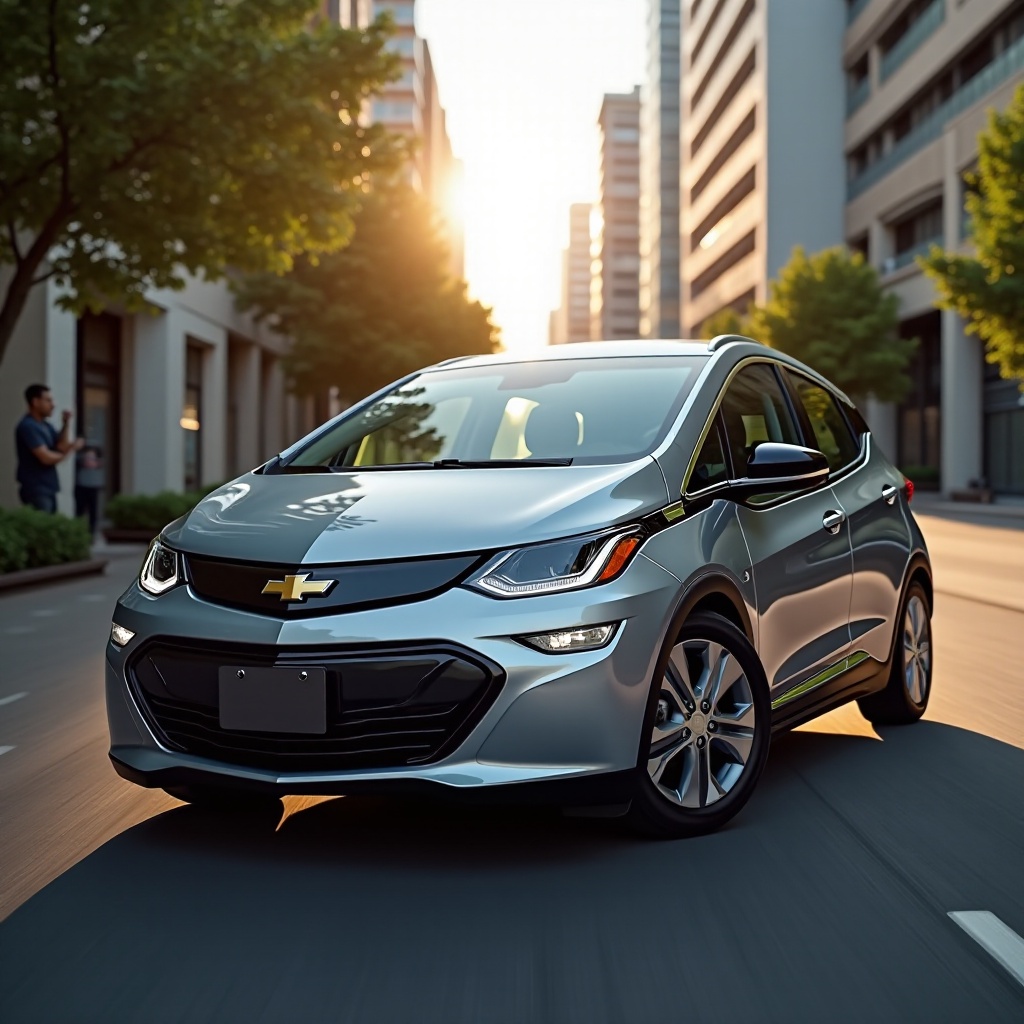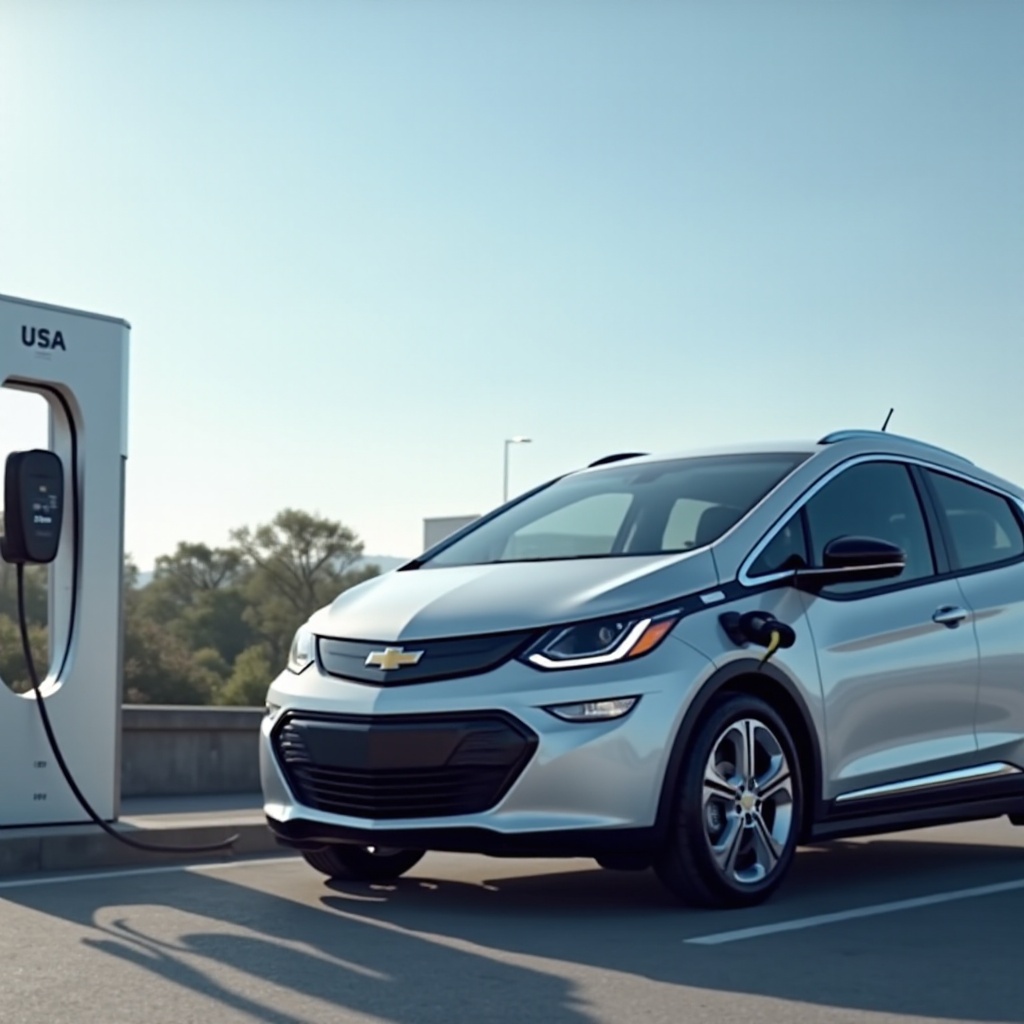Introduction
The Chevrolet Bolt has emerged as a popular electric vehicle, renowned for its impressive battery range. Leveraging a powerful battery, the Bolt promises an estimated range of 259 miles, making long-distance travel convenient and eco-friendly. However, for many owners, understanding how to maximize this range is paramount. In this guide, we will explore the Chevrolet Bolt’s battery capabilities, identify factors that affect its range, and provide actionable tips to ensure you get the most mileage out of your Bolt.

Understanding the Chevrolet Bolt’s Battery
The Chevrolet Bolt is powered by a 66 kWh lithium-ion battery pack. This robust battery configuration lies at the heart of its impressive 259-mile range. Designed for efficiency and longevity, the battery consists of multiple cells working in unison to power the vehicle.
Compared to its predecessors, the Bolt’s battery has seen significant improvements. Advances in energy density, thermal management, and overall battery architecture have resulted in enhanced performance. Owners can confidently embark on longer journeys, knowing that the battery is optimized for sustained driving. The battery also features a sophisticated Battery Management System (BMS). The BMS monitors and regulates the state of charge, ensuring optimal performance while protecting the battery from potential damage due to overcharging or deep discharging. This intricate system extends the battery’s lifespan, offering drivers peace of mind.

Factors Affecting Battery Range
Several factors can influence the actual range of 259 miles. Being aware of these can help you make informed decisions while driving your Chevrolet Bolt.
- Driving Habits: Aggressive driving, such as rapid acceleration and high speeds, can significantly reduce battery range. Smooth and steady driving promotes efficiency.
- Terrain: Hilly or mountainous terrain requires more energy compared to flat surfaces. Uphill driving depletes the battery quicker, while downhill driving can recover some charge through regenerative braking.
- Weather Conditions: Extreme temperatures, both hot and cold, impact battery performance. Cold weather can slow down the chemical reactions within the battery, while excessive heat can cause the battery to degrade.
- Vehicle Load: Carrying a heavy load or multiple passengers increases energy consumption. Minimizing unnecessary weight can help maintain the range.
- Accessory Usage: Use of climate control, infotainment systems, and other electrical accessories draws power from the battery, which can lead to reduced range.
Tips for Maximizing Range
To ensure you get the most out of your Chevrolet Bolt’s 259-mile range, consider implementing these practical tips:
- Adopt Smooth Driving Techniques:
- Accelerate gradually and avoid sudden stops.
-
Use regenerative braking by lifting off the accelerator pedal to slow down.
-
Precondition Your Vehicle:
- Precondition the cabin while plugged in to reduce the need for battery power.
-
Use the myChevrolet mobile app to set climate control preferences before your trip.
-
Manage Climate Control:
- Set the air conditioning or heating to a reasonable level.
-
Consider using seat heaters instead of cabin heaters in colder conditions.
-
Optimize Route Planning:
- Plan routes with minimal inclines and traffic.
-
Use navigation tools to find the most efficient path.
-
Regular Maintenance:
- Keep tires inflated to the recommended pressure.
-
Ensure regular servicing to keep the vehicle in top condition.
-
Reduce Excess Weight:
- Remove unnecessary items from the vehicle.
-
Avoid carrying excess weight whenever possible.
-
Monitor Battery Performance:
- Regularly check your battery’s state of health via vehicle diagnostics.
- Stay updated on any software improvements or updates from Chevrolet.
Charging Best Practices
Charging your Chevrolet Bolt effectively is crucial for maintaining its battery health and maximizing its range. Here are some best practices:
- Use Appropriate Chargers:
- Utilize Level 2 chargers for routine charging.
-
Reserve DC fast chargers for occasional use to minimize battery stress.
-
Charge Regularly:
- Avoid letting the battery level drop below 20%.
-
Maintain a battery charge level between 20% and 80% for optimal battery health.
-
Optimal Charging Locations:
- Charge in cooler environments to prevent overheating.
-
Avoid frequently charging in extremely hot or cold settings.
-
Monitor Charging Sessions:
- Use the myChevrolet app to keep track of charging status.
- Set reminders to unplug the charger when needed.

Conclusion
Maximizing the 259-mile battery range of your Chevrolet Bolt requires a combination of mindful driving habits, regular maintenance, and effective charging practices. By understanding the factors affecting range and implementing practical tips, you can ensure a longer and more efficient driving experience. Embrace the journey with confidence, knowing you’re making the most out of your Bolt’s impressive capabilities.
Frequently Asked Questions
How can I improve my Chevrolet Bolt’s battery range?
To improve your Chevrolet Bolt’s battery range, adopt smooth driving techniques, precondition your vehicle, manage climate control smartly, optimize route planning, ensure regular maintenance, reduce excess weight, and monitor battery performance.
What are the best charging practices for the Chevrolet Bolt?
The best charging practices include using appropriate chargers, charging regularly without letting the battery drop below 20%, charging in optimal locations, and monitoring charging sessions via the myChevrolet app.
Does frequent fast charging harm the Chevrolet Bolt’s battery?
Frequent use of DC fast charging can stress and degrade the battery over time. It’s best reserved for occasional use, with Level 2 chargers used for routine charging to maintain the battery’s longevity.
